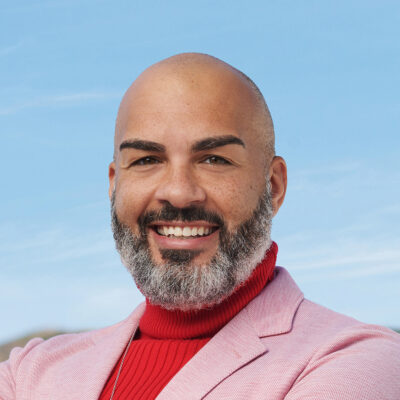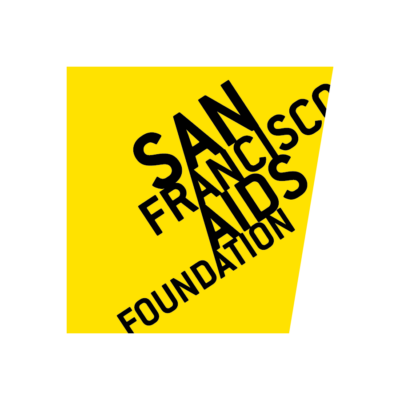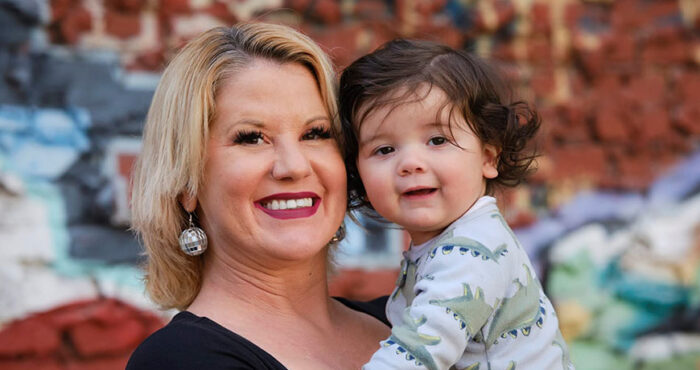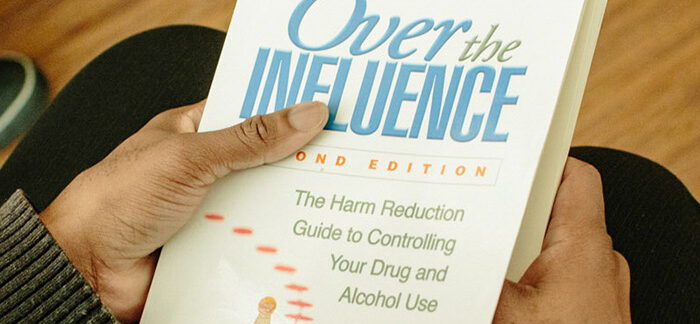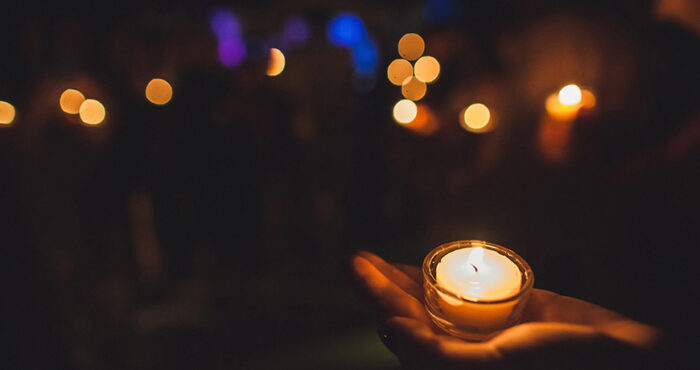Public drug use is an emotional issue in San Francisco with drug users and the general public alike expressing strong feelings over the intertwined issues of homelessness, improperly discarded syringes and public safety.
Local health organizations, San Francisco Department of Public Health and some city officials support the establishment of safe consumption sites for people who use drugs to curb public drug use, prevent the spread of infectious disease and prevent overdose. But will business owners, law enforcement and the general public lean in to this proposed solution?
San Francisco AIDS Foundation and Zendesk hosted a community event with a panel of harm reduction advocates, public health experts and drug users who shared their perspective and answered questions about safe consumption sites. In case you missed the event, here’s what we learned.
About safe consumption sites
Safe consumption sites are designated spaces where people who use drugs can do so in a safe, controlled environment with sterile supplies and trained medical personnel on standby.
Effective in more than 65 cities around the world, safe consumption sites improve the lives and health of people who use drugs, prevent disease transmission and infection, and improve public safety.
“The things you see happening on the ground on Market Street or in back alleys could be brought into a facility that is sterile, clean and gives people the opportunity to use safely, said Charles Hawthorne, from the Harm Reduction Coalition, who moderated the event. “[Safe consumption sites] are also embedded in comprehensive local strategies, so people can also access social services such as navigation to housing and medical care.”
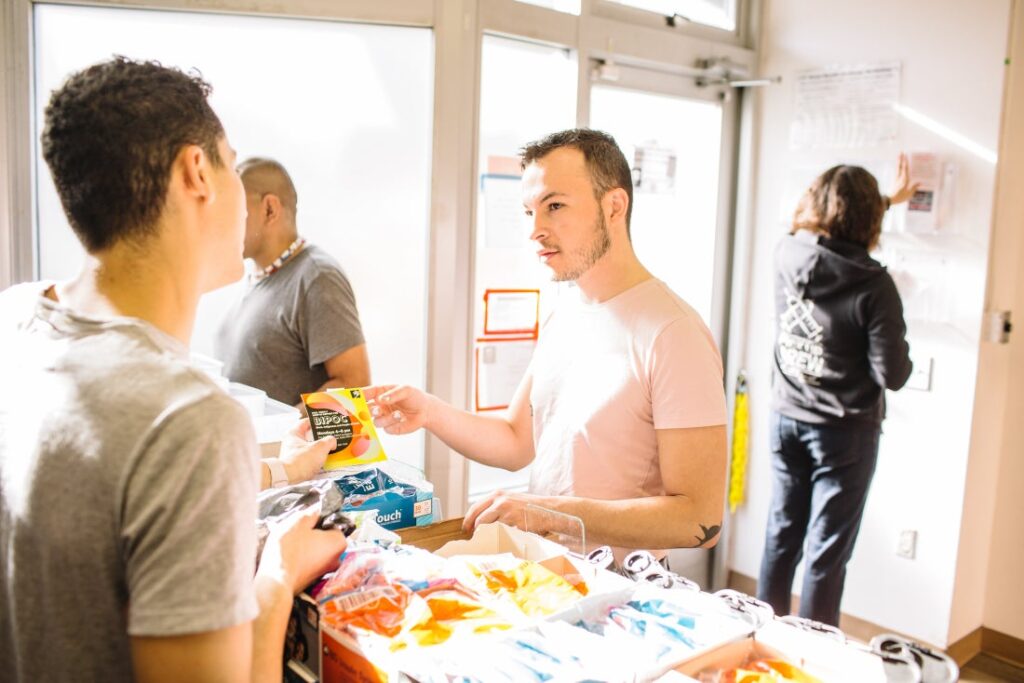
Legality of safe consumption sites
Safe consumption sites are not currently legal in the U.S., although a handful of municipalities (including San Francisco) are mobilizing support for and investigating the feasibly of establishing these services.
The San Francisco Department of Public Health and Mayor London Breed have both publicly advocated for the establishment of safe consumption sites. In 2017, a San Francisco task force appointed by the Mayor’s office developed a set of recommendations for establishing safe consumption sites with input from law enforcement, the public health department, drug users and local health agencies including San Francisco AIDS Foundation.
“Studies indicate that these services attract some of the most marginalized people who inject drugs, promote safer injection conditions, reduce overdoses, enhance access to primary care, and reduce public injection and outdoor syringe litter. A cost-benefit analysis of potential safe injection services in San Francisco found that the City would save $3.5 million per year if one safe injection program were opened,” wrote now Mayor Breed in a letter introducing the task force’s recommendations.
Find out more about how you can support the opening of safe consumption sites by joining the San Francisco AIDS Foundation HIV Advocacy Network. Text SFAF to the number 52886.
A changing city, impacting us all
At the panel discussion, the panelists addressed some of the issues affecting public support for safe consumption sites.
In addition to preventing disease transmission and improving the health of drug users, safe consumption sites are expected to improve public health and quality of life issues that are oftentimes associated with homelessness and substance use.
Panelist Terry Morris explained that complaints reported to the city about discarded syringes, feces and homeless encampments have risen dramatically in recent years, in parallel with the city’s growth and development.
In 2009, the city’s 311 call line received 290 reports of discarded syringes, 5,771 requests to clean up feces and 586 complaints about encampments. In 2017, the number of complaints received about each issue rose to 6,365 discarded syringe reports, 21,000 feces clean up requests and over 42,000 complaints about encampments.
“People who are homeless now do everything they have to do on the street. People’s lives are 100% visible. The number of people living on the streets hasn’t gone up too much, but the changing landscape of our city has impacted how homeless people are perceived and what the solutions are seen to be,” she said. “People are displaced constantly, and they are seen as problems—not people.”
“Every single person in San Francisco is impacted by public drug use and homelessness,” said Morris. “[Safe consumption sites] are a service that will be a benefit for everyone in San Francisco.”
Does “cracking down” on public drug use work?
Hawthorne raised the question of “cracking down” on public drug use, and why this is or isn’t working to stop people from injecting in public. The panelists agreed that calling the police to report public drug use is not an effective way to prevent people from using drugs in public.
“I think people call the cops [on drug users] because they think, ‘I need to make sure this person goes through hell—goes to prison—so that they can understand what it’s like at the bottom and can snap out of it and get their life together.’ It ends up putting people through these cycles where people don’t get services, help or community. It’s inhumane,” said Miss Ian, the executive director of the San Francisco Drug Users Union.
“One thing police do is to ask us to squirt our shots out,” said Kyle Barker, from San Francisco Drug Users Union. “You now have someone who feels like they’re being picked on by law enforcement. You have a dope sick person that now needs to fix again.”
“If you’ve ever called 911 or the police [on a person using drugs], you’re committing this person to a certain way of care that may not be the care they need,” said panelist Pierre-Cedric Crouch, PhD. “If you’re lucky, they’ll just get the person to move a little bit down the street. Calling 911 will get them out of your field of vision, and that is it.”
Why we need safe consumption sites in San Francisco
Maurice Byrd, from the Harm Reduction Therapy Center, said that it makes sense to reach people who are actively using with mental health resources which overdose prevention programs may be well-positioned to do. “People who have had a lot of trauma in their lives—what we call adverse childhood experiences—are more likely to use injection drugs,” he said.
Because safe consumption sites have been in operation in other countries for many years, data from large-scale research studies have shown that safe consumption sites reduce death from overdose, reduce HIV and hepatitis C transmission rates, and increase uptake of substance use treatment services, explained Hawthorne. “We also know that when people are connected to substance use treatment through a [safe consumption sites], they’re more likely to be successful in those services,” he said.
“We need ways to reach communities in place where they actually are,” said Crouch. “We need meaningful services that people can access easily. [Safe consumption sites] will allow people to just walk in. They will be simple, low-threshold.”
“Right now, we need to listen to all of the constituents in San Francisco, and invite people to find the place where they can buy in,” said Morris. “If I’m in law enforcement, my buy-in might be that I don’t have anywhere to send someone other than to arrest them. I might not want to police like that. I think of people in medicine, and having a place where you could send someone who is injecting to learn skills to inject more safely. I think of loved ones—mothers, brothers and sisters. Many of us have a loved one with a history of substance use or misuse. This service will be a benefit for everyone in San Francisco.”
How to get involved
Advocate for policy change
San Francisco AIDS Foundation makes it easy to show your support for policy changes that would make it legal to operate safe consumption sites in San Francisco. Join the HIV Advocacy Network to receive text and email alerts with easy ways to make your voice heard.
Get trained to prevent overdose
There are a few locations in San Francisco that will train you to respond in the event of a drug overdose, and provide you with Narcan (naloxone), a medication used to rapidly reverse an opioid overdose.
Get trained at:
- The Harm Reduction Center provides Narcan trainings and medication to people who use drugs and their community. Trainings are available at 117 6th Street (at Mission), Mon, Tues, Thurs and Fri, 11 am – 3 pm and 3:30 pm – 7 pm; Weds, 11 am – 3 pm and 4 pm – 7 pm; Saturday, 4 pm – 8 pm.
- San Francisco Drug Users Union, 149 Turk Street (at Jones)
- Behavioral Health Services Pharmacy provides Narcan trainings and medication to people who use drugs in addition to services providers and members of the general public. They are located at 1380 Howard Street (at 10th Street)
- Glide, 330 Ellis Street (at Taylor)





